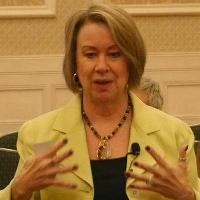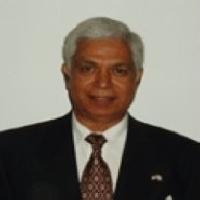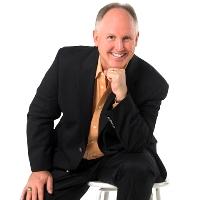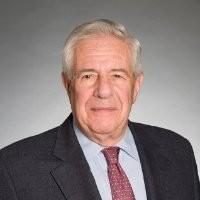A deductive or top-down approach is best in your situation.
Start with ROE: if it's above 10-12% for 2015, you do not need to do a complete asset utilization analysis.
Next, assess your working capital ratios, including current liabilities. As a retailer you should be taking full advantage of supplier payment terms. Managing your working capital better is likely to be the source for improving asset utilization and returns on capital.
Next, evaluate your long term assets by line item inclusive of depreciation or amortization, and separate the assets into two groups: earning and non-earning assets, and assets required for your business operations versus those that are not essential to your business operations.
If you take the steps outline above, the opportunities to improve asset utilization will become clear.
While doing so addresses your balance sheet, I suggest you also do the same with your income and cash flow statements, and most importantly, analyze profitability at the product/service, customer segment, delivery channel and geographic market levels.
If you do all of the above, you'll know exactly where you are making money and where you are not, along with where you are achieving a reasonable return on your capital investment, and where you are not!















